If you want to make a nice walk in Cetinje, don’t miss Orlov Krš (in translation: Eagle’s Rock)! This historical place and beautiful viewpoint is often forgotten by tourists who visit the old royal capital of Cetinje, but it is absolutely worthwhile.
What do you know about Cetinje? Well, Cetinje can be considered the cradle of Montenegro’s civilization, as it was founded in 1482 by the Montenegrin ruler Ivan Crnojević. On a small plateau at the foot of Mount Lovćen, among inaccessible peaks and thus easy to defend, he built his court and founded a monastery as a personal endowment. The town was further developed by the rulers of the Petrović dynasty, but only when the independence of Montenegro was recognized at the Berlin Congress (1878) and, consequently, Cetinje became the capital of a European country, it started to flourish, in particular during the reign of King Nikola I in the beginning of the 20th century. After World War II the nation’s official capital was shifted to Podgorica – then called Titograd, but Cetinje remained its historical and cultural center.

Arriving in Cetinje, you can park your car at the large parking lot near Novica Cerovića Street. Cross the street and pass by the Court Church of Ćipur. On the right is the Palace of King Nikola, in front of you is Njegoš’s residence Biljarda. Turn left towards the monastery, then left again uphill and follow the narrow asphalt road that leads to Eagle’s Rock.
Woud you like to explore King Nikola’s Palace? This museum is certainly worth a visit. During a guided tour through the building, you will see artifacts, furniture and paintings connected with the life of the Royal family.
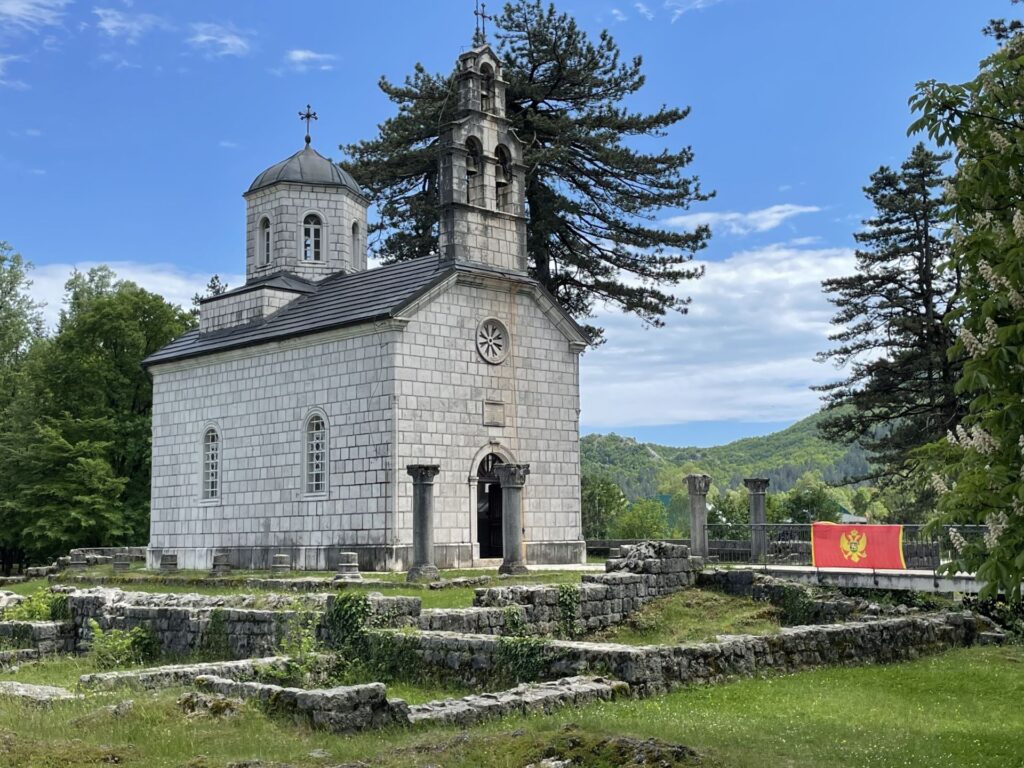
But first, visit the Court Church in Ćipur, which was built by King Nikola. Ruins of the old monastery founded by the Crnojevic dynasty were discovered next to the church. In 1989, the remains of the last Montenegrin king Nikola, his wife Milena and two daughters were transferred from San Remo to Cetinje and buried in the church at Ćipur.
Biljarda, the former residence of prince-bishop and poet Petar II Petrović Njegoš, was built in 1838. The building was named after the billiard table that Njegoš brought from Italy. Can you imagine that fifty young men carried the billiard’s table parts from Kotor to Cetinje?
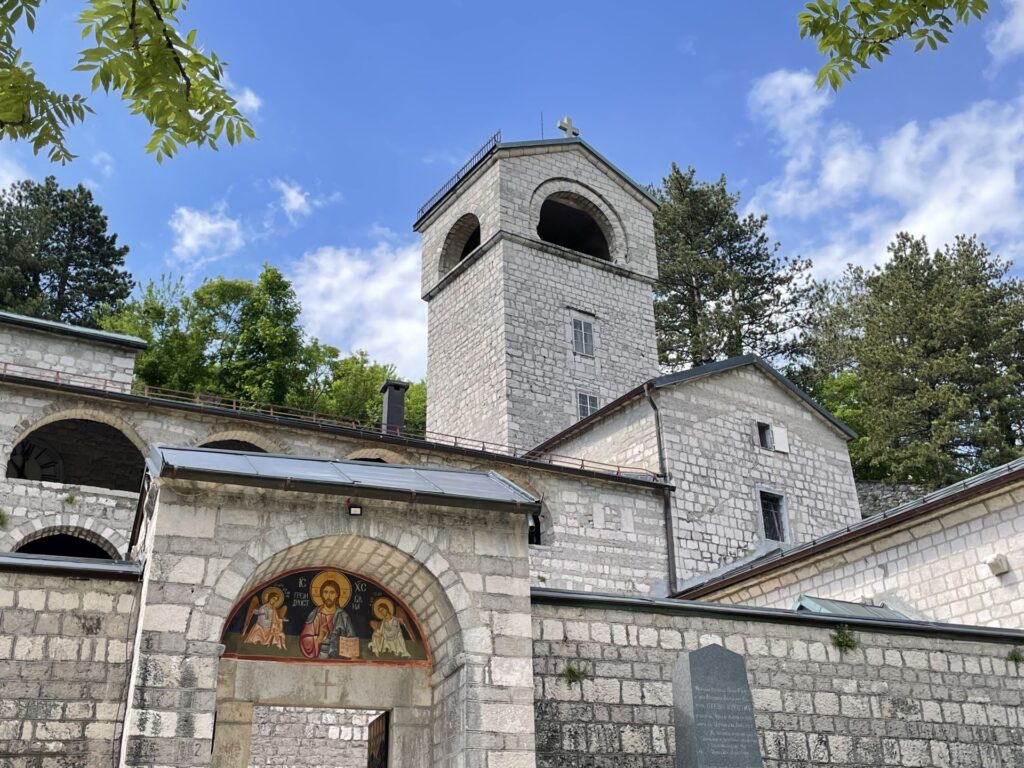
The Cetinje Monastery was built by Prince Danilo in 1701 at the foot of Orlov Krš and it has become the center of the spiritual and cultural life of Montenegro. The complex includes a small church, dedicated to the Birth of the Virgin, which houses a coffin with the relics of St. Petar of Cetinje. Allegedly, the monastery also keeps the right hand of John the Baptist and a segment of the Holy Cross. The amazing monastery treasury can only be visited by groups or on appointment. And don’t forget: appropriate clothing must be worn and taking pictures is not allowed.
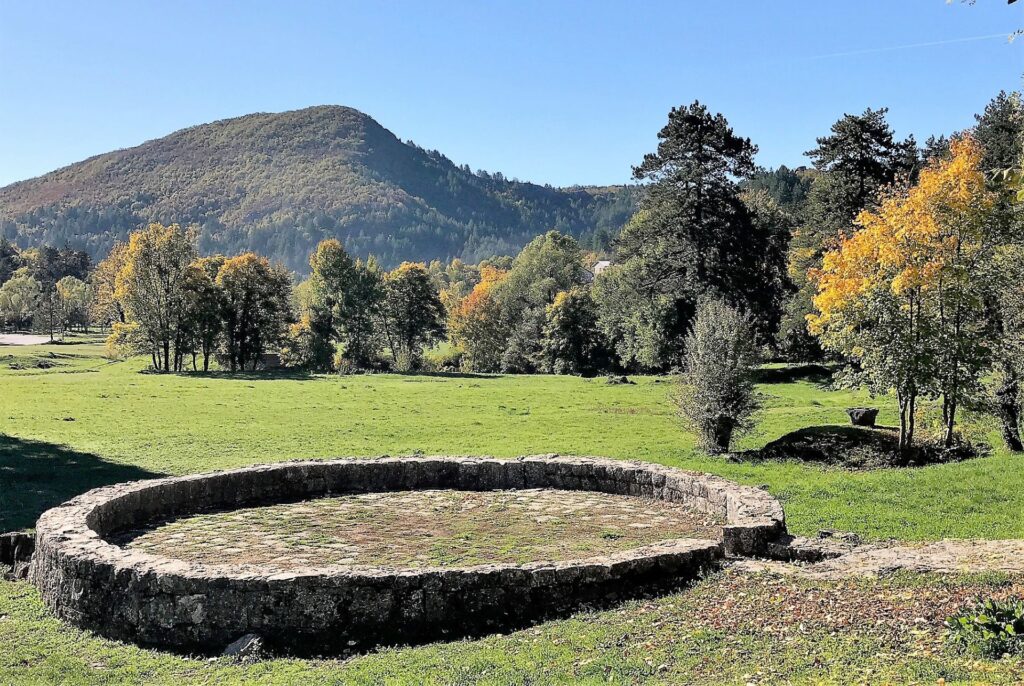
By the way, before reaching the Monastery you will pass by the beautiful park of Vladičina bašta (Bishop’s Garden) with a large ‘guvno’ (threshing floor) that played an important role in the history and culture of Montenegro: it was used by the Montenegrin rulers as a place of gathering and making political and judicial decisions.
From the Monastery to the top of Orlov krš, where the Mausoleum of the founder of the Petrović dynasty, prince-bishop Danilo I, is located, there is a narrow road that can be crossed by car, but a walking tour is much more interesting. The steep climb takes about 20 minutes. From the viewpoint you will have a beautiful view of Old Cetinje and Mount Lovćen.
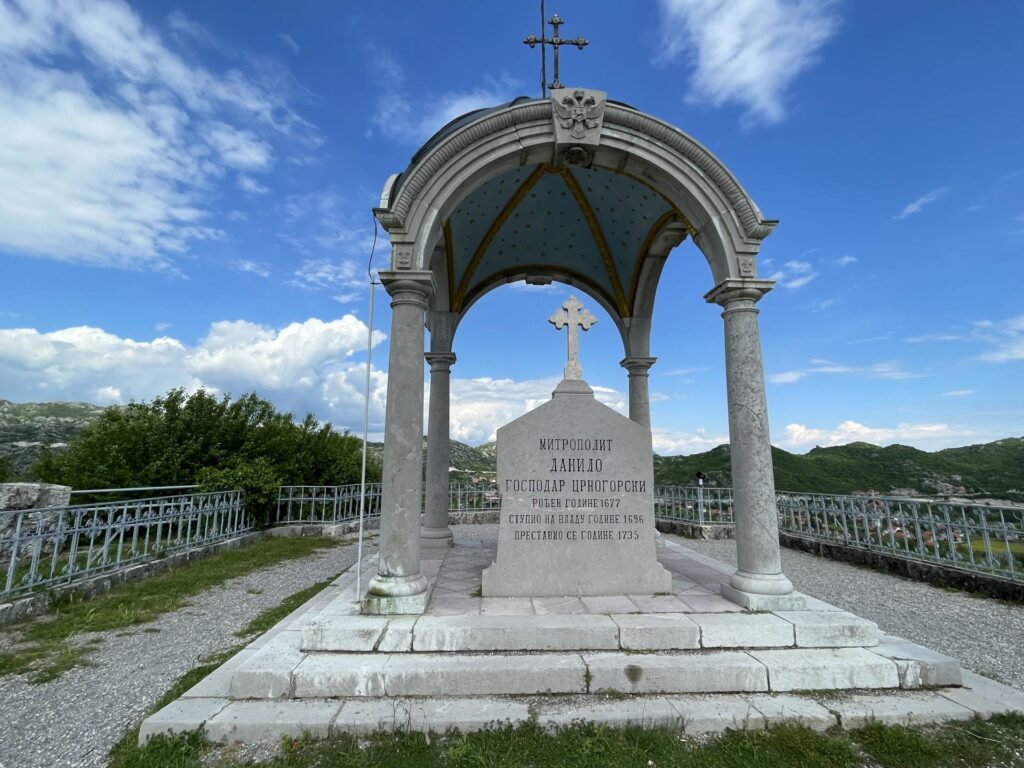
The Mausoleum was built in 1896, on the occasion of the bicentenary of the Petrović-Njegoš dynasty, according to the concept of Princess Elena, daughter of King Nikola I, with the help of the French architect Fruse and the sculptor Moreau Vauthier. The site is a cultural monument since 1957 and it remains a symbol of Montenegrin identity.
Archaeological finds indicate that there could have been an Illyrian settlement on Orlov Krš.
What does Eagle’s Rock look like? When you reach the large plateau at the top of Orlov Krš, you see a large area with a fence around it.
At the far end of the plateau is a dome supported by four columns. The stone sarcophagus with Danilo’s remains stands there as if under a blue starry sky. You can walk around the monument and take a closer look at the sarcophagus. Symbolic reliefs (cross, circle, flower) can be seen on the surface. They reflect his religious and secular authority. A round medallion shows a bronze profile of the ruler.
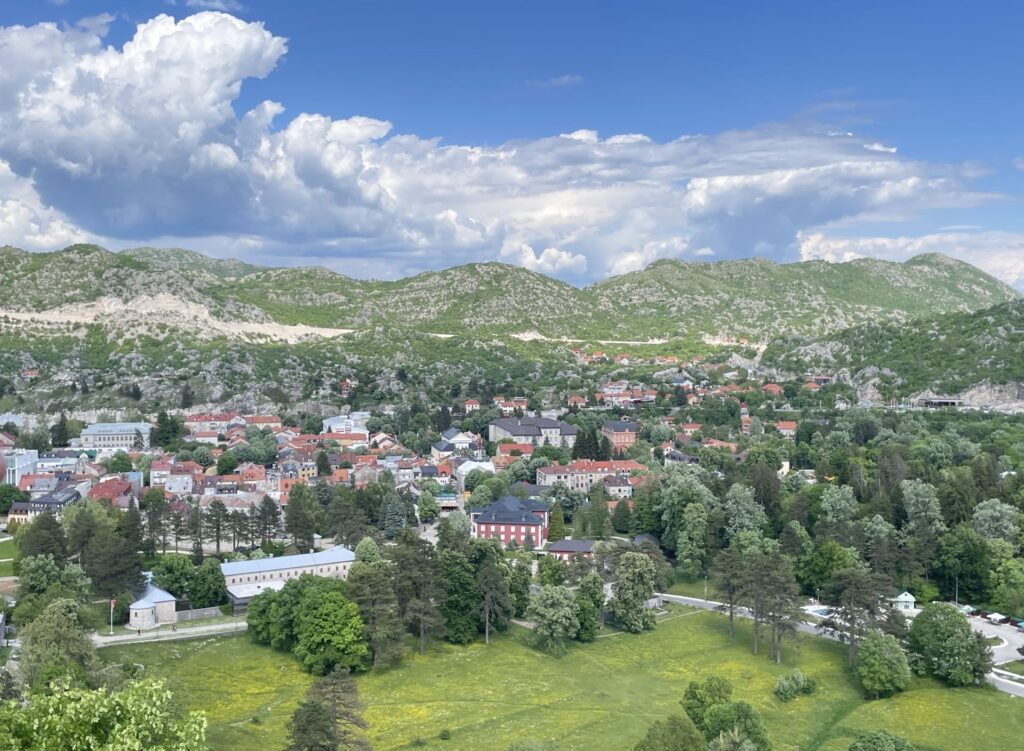
Those who walk a little further uphill will be rewarded with a view of the mausoleum, but it is also one of the most beautiful free viewpoints in the town.
First, you can enjoy the panorama of the historical center of Cetinje. You can see the monastery, churches and squares of the city. But from here you will also have a wonderful view all the way to Njegoš’s mausoleum and Lovćen National Park.
Altogether, Orlov Krš is certainly worth a visit!

Don’t forget the large bas-relief map next to the Biljarda.